Home>Gardening & Outdoor>Landscaping Ideas>How To Fix Dirt Patches In The Grass
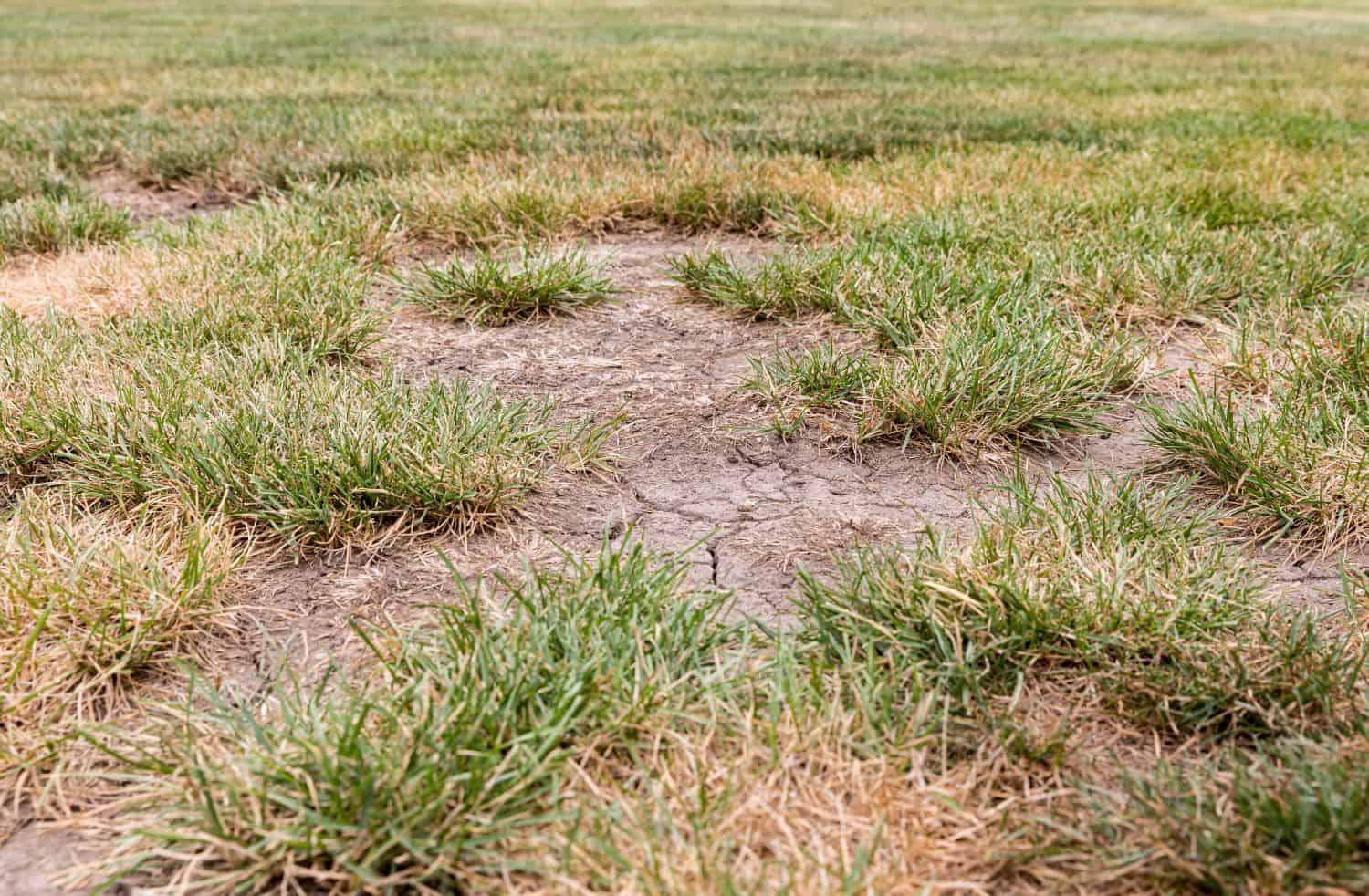

Landscaping Ideas
How To Fix Dirt Patches In The Grass
Published: January 26, 2024
Learn effective landscaping ideas to fix dirt patches in the grass and restore the lush green look of your lawn. Enhance your outdoor space with expert tips and techniques.
(Many of the links in this article redirect to a specific reviewed product. Your purchase of these products through affiliate links helps to generate commission for Storables.com, at no extra cost. Learn more)
**
Introduction
**
Welcome to the ultimate guide on fixing dirt patches in your grass! A lush, green lawn is a source of pride for any homeowner, but pesky dirt patches can quickly detract from its beauty. Whether caused by heavy foot traffic, pet activities, or other factors, these bare spots can be a real eyesore. However, fear not, as we're here to provide you with expert insights and practical tips to restore your lawn to its former glory.
In this comprehensive guide, we'll delve into the underlying causes of dirt patches, the essential steps for soil preparation, the selection of the right grass seed, effective seeding and watering techniques, and ongoing maintenance practices. By the end of this journey, you'll be equipped with the knowledge and tools needed to revitalize your lawn and achieve a uniform carpet of vibrant green grass.
So, roll up your sleeves, put on your gardening gloves, and get ready to transform those unsightly dirt patches into flourishing, healthy grass. Let's dive in!
Key Takeaways:
- Don’t let dirt patches ruin your lawn! Understand the causes, choose the right grass seed, and follow proper seeding and watering techniques to restore your grass to its lush, green glory.
- After fixing dirt patches, maintain your lawn by mowing, watering, and preventing weeds. With care and dedication, watch your once-barren patches transform into thriving, beautiful greenery.
Read more: How To Fix Brown Patches In Your Grass
Understanding the Causes of Dirt Patches
Before embarking on the journey to repair dirt patches in your lawn, it’s crucial to understand the root causes behind these unsightly blemishes. By identifying the underlying factors, you can take targeted measures to address the issues and prevent future occurrences.
One common cause of dirt patches is heavy foot traffic, especially in areas where people frequently walk or play. Over time, this constant pressure can compact the soil, suffocating the grass and leaving behind barren patches. Similarly, pet activities, such as running, digging, or urinating in specific spots, can also lead to bare areas in the lawn.
Inadequate soil nutrition and pH imbalance can contribute to the formation of dirt patches. If the soil lacks essential nutrients or has an unfavorable pH level, it can hinder the healthy growth of grass, resulting in weakened or patchy areas. Furthermore, poor drainage and overwatering can lead to soil erosion, washing away the topsoil and leaving behind bare patches where grass struggles to thrive.
Another factor to consider is the presence of thatch, a layer of dead grass and organic debris that accumulates on the soil surface. Excessive thatch can prevent water and nutrients from reaching the grassroots, leading to weakened and sparse areas in the lawn.
By recognizing these underlying causes, you can tailor your approach to repairing dirt patches, addressing the specific issues that have impacted your lawn. Whether it’s relieving soil compaction, improving soil nutrition, adjusting watering practices, or addressing thatch buildup, a targeted strategy will yield more effective and lasting results.
Preparing the Soil for Repair
Before introducing new grass seed to the bare patches, it’s essential to prepare the soil to create an optimal environment for germination and growth. This preparatory phase sets the stage for successful grass restoration and ensures that the newly seeded areas have the best chance of thriving.
The first step in soil preparation is to gently loosen the top layer of soil in the affected areas. Using a rake or garden fork, carefully break up the compacted soil to improve aeration and promote better water infiltration. This process also helps to remove any debris or dead grass that may be inhibiting new growth.
Next, it’s important to address soil nutrition and pH levels. Conduct a soil test to assess the nutrient composition and pH balance of the soil in the dirt patches. Based on the results, amend the soil as needed by incorporating organic matter, such as compost or well-rotted manure, to enhance its fertility. Additionally, if the pH level is suboptimal for grass growth, consider applying lime to adjust it to the recommended range.
Proper drainage is crucial for healthy grass growth, so if the affected areas suffer from poor drainage, take steps to improve it. This may involve creating small channels or incorporating organic matter to enhance water movement and prevent waterlogging, which can be detrimental to new grass seedlings.
Lastly, consider addressing any issues related to thatch accumulation. If the affected areas have an excessive thatch layer, use a dethatching rake or a specialized dethatching tool to remove the build-up and promote better soil contact for the new grass seed.
By diligently preparing the soil, you create a welcoming environment for the incoming grass seed, setting the stage for successful germination and robust growth. This proactive approach lays the foundation for a healthy and vibrant lawn, free from unsightly dirt patches.
Choosing the Right Grass Seed
When it comes to repairing dirt patches in your lawn, selecting the right grass seed is a critical decision that can significantly impact the success of your restoration efforts. Different grass species and varieties offer varying attributes, such as drought tolerance, shade tolerance, and resilience to foot traffic, so it’s essential to choose a seed that aligns with your specific lawn conditions and maintenance preferences.
Start by considering the local climate and environmental factors in your area. If you experience hot summers or cold winters, select grass species that are well-adapted to the prevailing climate. For sunny areas, opt for warm-season grasses like Bermuda or Zoysia, while shaded spots may benefit from cool-season grasses such as Fescue or Kentucky Bluegrass.
Assess the level of foot traffic in the affected areas to determine the appropriate grass variety. High-traffic zones, such as pathways or play areas, will benefit from durable and resilient grass types, while low-traffic areas may accommodate finer and more delicate varieties.
Consider the maintenance requirements of different grass species. Some varieties are known for their low-maintenance nature, requiring minimal watering and mowing, while others may demand more intensive care. Choose a grass seed that aligns with your desired level of maintenance commitment to ensure long-term satisfaction with your lawn.
Additionally, evaluate the aesthetic qualities of different grass types. Some varieties offer lush, dark green foliage, while others present a lighter, finer texture. By considering the visual appeal of the grass seed, you can enhance the overall beauty of your lawn and create a cohesive and harmonious landscape.
Lastly, prioritize seed quality and purity when making your selection. Look for certified and high-quality grass seed products to ensure optimal germination rates and the absence of weed seeds or other contaminants that could compromise the integrity of your lawn.
By thoughtfully considering these factors and selecting the most suitable grass seed for your specific needs, you can lay the groundwork for a successful and visually appealing lawn restoration. The right grass seed will not only fill in the dirt patches but also contribute to the overall health and resilience of your lawn, creating a thriving outdoor oasis for you and your family to enjoy.
To fix dirt patches in the grass, loosen the soil with a rake, sprinkle grass seed over the area, and cover with a thin layer of topsoil. Water regularly and keep the area moist until the new grass grows in.
Seeding and Watering Techniques
With the soil prepared and the ideal grass seed selected, it’s time to implement effective seeding and watering techniques to facilitate the germination and establishment of new grass in the bare patches of your lawn. By following best practices for seeding and watering, you can maximize the success of your lawn restoration efforts and expedite the transformation of dirt patches into lush, green turf.
Begin by evenly distributing the selected grass seed over the prepared soil in the affected areas. Use a handheld spreader or broadcast spreader to achieve uniform coverage, ensuring that the seed is spread at the recommended rate for the specific grass variety. Lightly rake the seeded areas to incorporate the seed into the soil surface, promoting good seed-to-soil contact, which is essential for germination.
After seeding, it’s crucial to provide consistent and adequate moisture to support the germination and early growth of the new grass. Water the freshly seeded areas gently to avoid dislodging the seeds, using a fine mist setting on a hose sprayer or a specialized sprinkler designed for delicate seedlings. Keep the soil consistently moist but not waterlogged, as excessive water can impede germination and promote fungal diseases.
Monitor the seeded areas closely and adjust the watering frequency based on environmental conditions. In warm and dry weather, the soil may dry out more quickly, necessitating more frequent watering to sustain optimal moisture levels for germination. Conversely, in cooler and more humid conditions, reduce the watering frequency to prevent over-saturation of the soil.
As the new grass seedlings emerge and begin to establish, gradually transition to a deeper and less frequent watering schedule to encourage the development of robust root systems. This approach promotes drought tolerance and overall resilience in the newly established grass, setting the stage for long-term success.
Throughout the germination and establishment period, be mindful of any signs of stress in the seeded areas, such as wilting or discoloration. Adjust your watering practices accordingly to provide the necessary support for the emerging grass, ensuring that it has the best possible conditions for healthy growth and development.
By implementing these targeted seeding and watering techniques, you can nurture the transformation of dirt patches into thriving areas of new grass, bringing renewed vitality and beauty to your lawn. With careful attention and proper care, you’ll soon witness the emergence of a uniform carpet of green, signaling the successful restoration of your outdoor oasis.
Read more: How To Install Turf On Dirt
Maintenance and Care for New Grass
Once the new grass has taken root and begun to establish itself, it’s essential to provide ongoing maintenance and care to support its healthy growth and long-term resilience. By implementing proper maintenance practices, you can ensure that the newly restored areas blend seamlessly with the existing lawn, creating a cohesive and vibrant expanse of greenery.
As the new grass reaches mowing height, carefully mow the areas to promote even growth and encourage the development of a dense and uniform turf. Use a sharp mower blade and adhere to the recommended mowing height for the specific grass variety to avoid stress and damage to the emerging grass. By maintaining an appropriate mowing regimen, you’ll foster a lush and well-manicured lawn that enhances the overall aesthetic appeal of your outdoor space.
Monitor the moisture levels in the newly established areas and adjust your watering practices as the grass matures. Once the roots have developed a strong foothold in the soil, transition to a deeper and less frequent watering schedule to encourage deep root growth and drought tolerance. Avoid overwatering, as it can lead to shallow root systems and make the grass more susceptible to stress and disease.
Regularly inspect the restored areas for signs of weed encroachment and address any emerging weeds promptly. Hand-pull weeds or use targeted herbicides designed for use on newly seeded grass, taking care to follow the application instructions to safeguard the health of the developing turf. By preventing weed competition, you’ll allow the new grass to flourish and fill in the previously bare patches.
Fertilize the newly established grass as needed, based on soil test results and the specific requirements of the chosen grass variety. Apply a balanced fertilizer at the recommended rates to provide essential nutrients that support healthy growth and vibrant color. Timing the fertilizer application to coincide with the grass’s active growth periods will maximize its benefits and contribute to a robust and resilient lawn.
Lastly, continue to observe the restored areas for any signs of stress, disease, or nutrient deficiencies. Address any issues promptly, providing the necessary care and interventions to maintain the health and vitality of the new grass. By staying attuned to the evolving needs of the lawn and responding proactively, you’ll ensure that the restored areas seamlessly integrate with the existing turf, creating a cohesive and verdant landscape.
With diligent maintenance and attentive care, the newly established grass will thrive and contribute to the overall beauty and health of your lawn, transforming former dirt patches into flourishing and resilient areas of lush greenery.
Conclusion
Congratulations on embarking on the journey to restore your lawn and transform unsightly dirt patches into vibrant, healthy grass. By understanding the underlying causes of dirt patches, diligently preparing the soil, selecting the right grass seed, and implementing effective seeding and watering techniques, you’ve taken the essential steps to revitalize your outdoor oasis.
As the new grass takes root and begins to flourish, remember that ongoing maintenance and care are crucial for sustaining its health and beauty. By adhering to proper mowing practices, adjusting watering routines, addressing weed encroachment, and providing essential nutrients, you’ll ensure that the restored areas seamlessly integrate with the existing lawn, creating a cohesive and verdant landscape.
Through your dedication and thoughtful stewardship, you’ll soon witness the complete transformation of former dirt patches into thriving and resilient areas of lush greenery. Your commitment to nurturing the growth of the new grass will yield a visually stunning and inviting lawn, enriching your outdoor space and providing a source of pride for years to come.
So, as you continue to care for your lawn and witness the emergence of a uniform carpet of green, take a moment to appreciate the transformative power of your efforts. The once-barren patches have now blossomed into flourishing areas of natural beauty, enhancing the overall allure of your outdoor environment.
With your newfound knowledge and the actionable insights provided in this guide, you’re well-equipped to maintain a healthy and vibrant lawn, free from the blemishes of dirt patches. Embrace the joy of a lush and thriving landscape, and revel in the satisfaction of having successfully restored the vitality and beauty of your outdoor sanctuary.
Here’s to the enduring splendor of your rejuvenated lawn and the countless moments of enjoyment it will bring to you, your family, and all who bask in its natural charm.
Frequently Asked Questions about How To Fix Dirt Patches In The Grass
Was this page helpful?
At Storables.com, we guarantee accurate and reliable information. Our content, validated by Expert Board Contributors, is crafted following stringent Editorial Policies. We're committed to providing you with well-researched, expert-backed insights for all your informational needs.
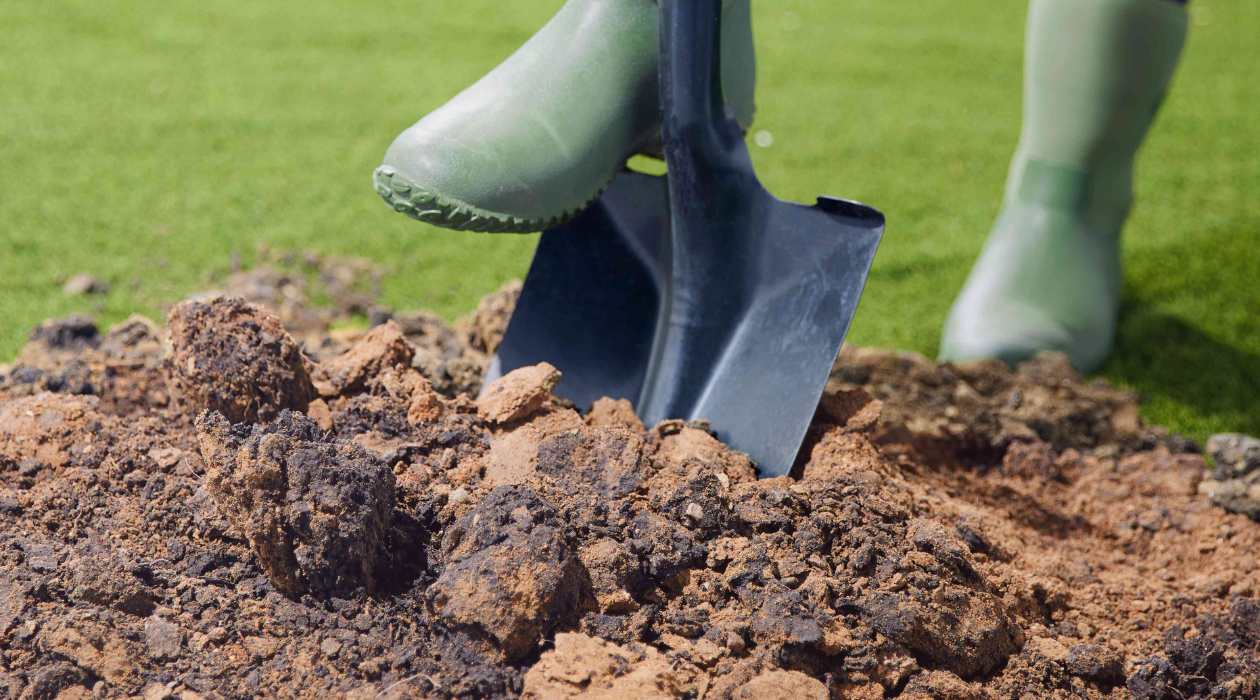
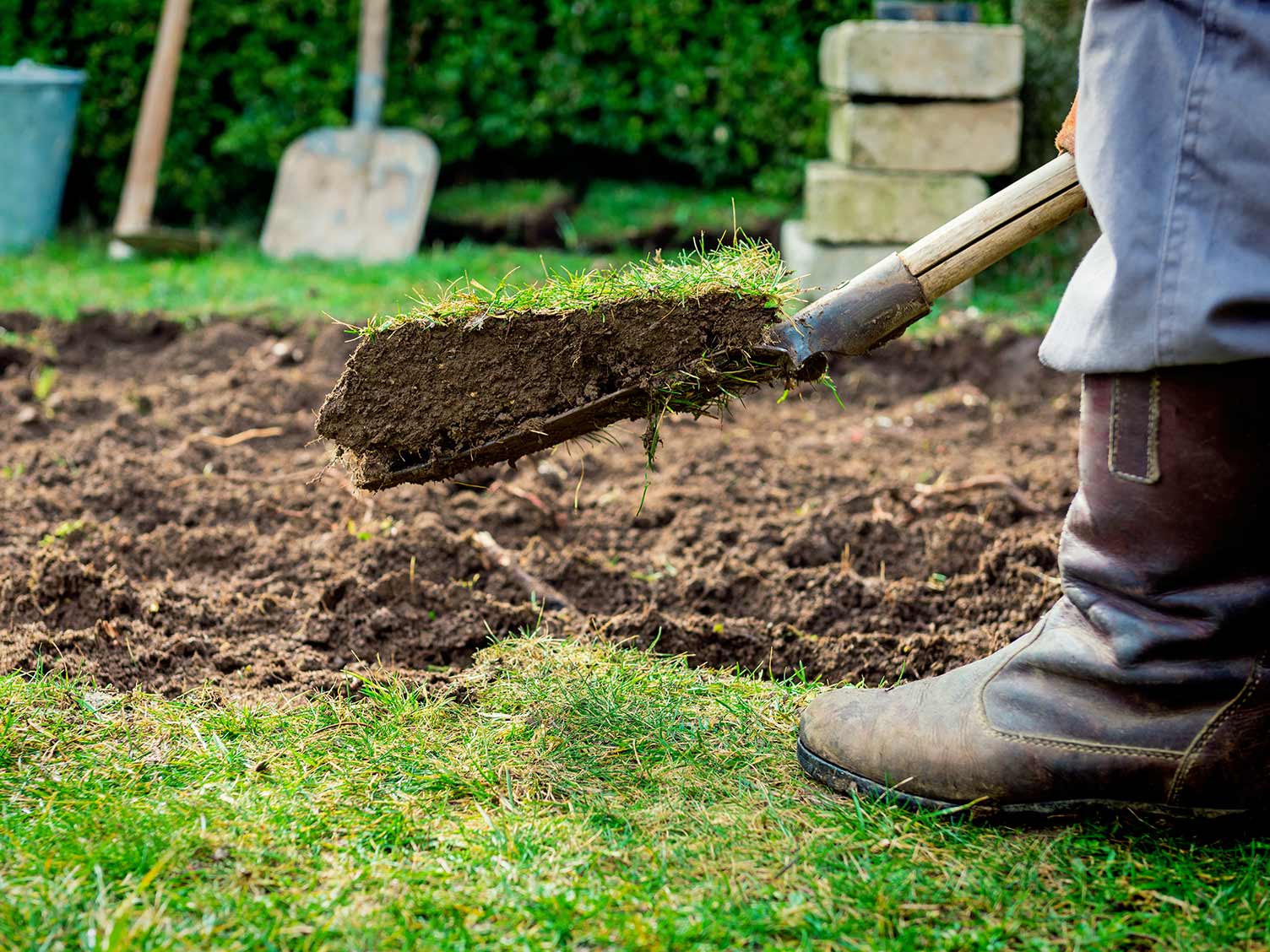
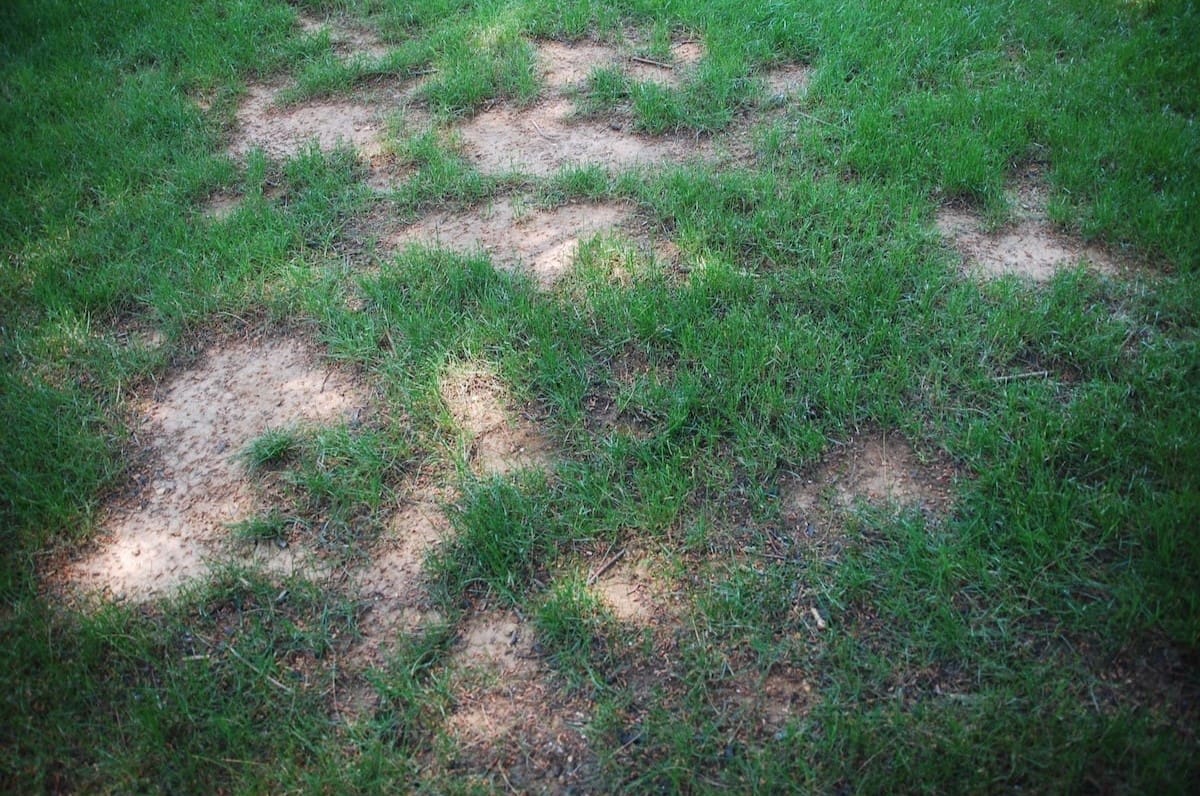
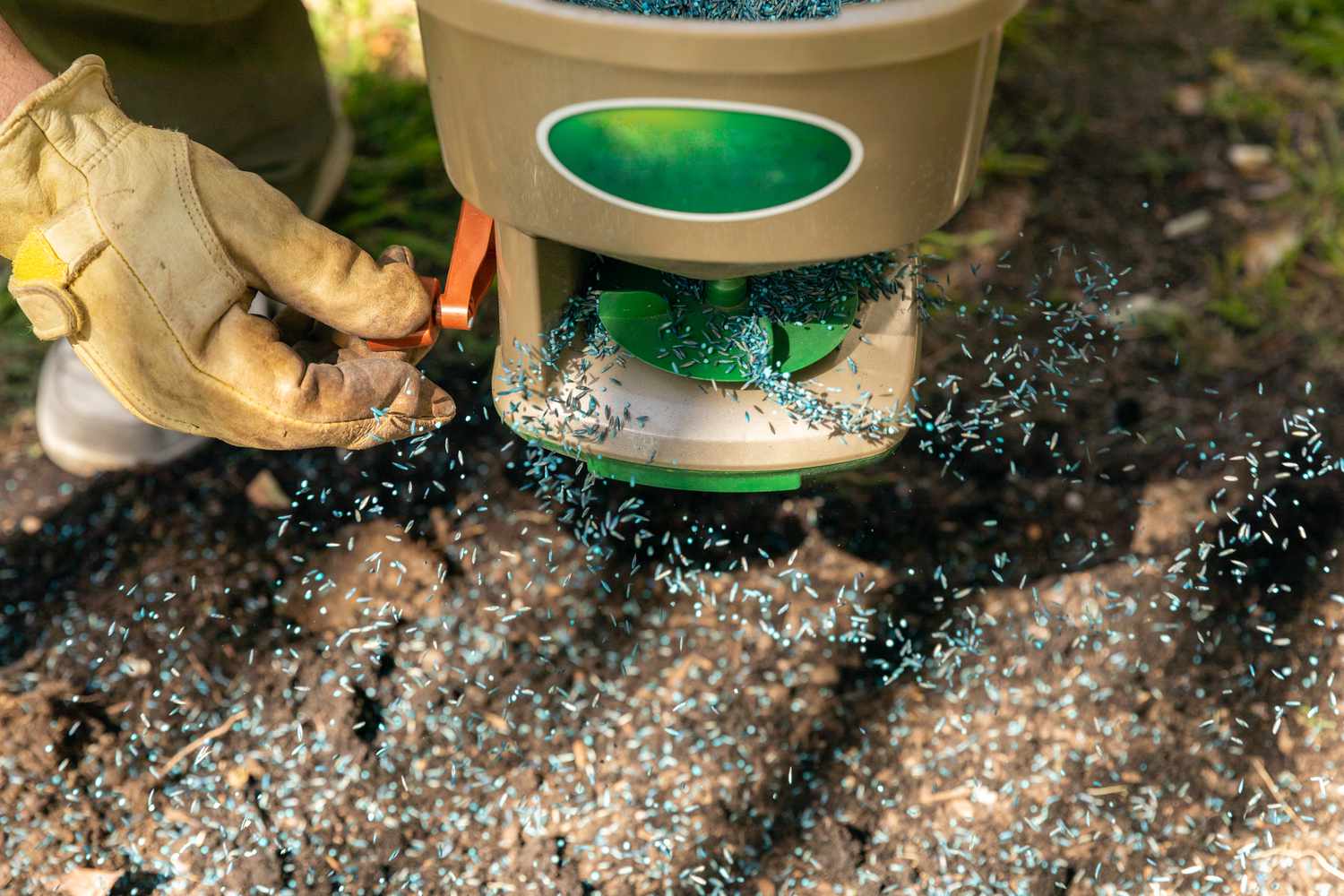
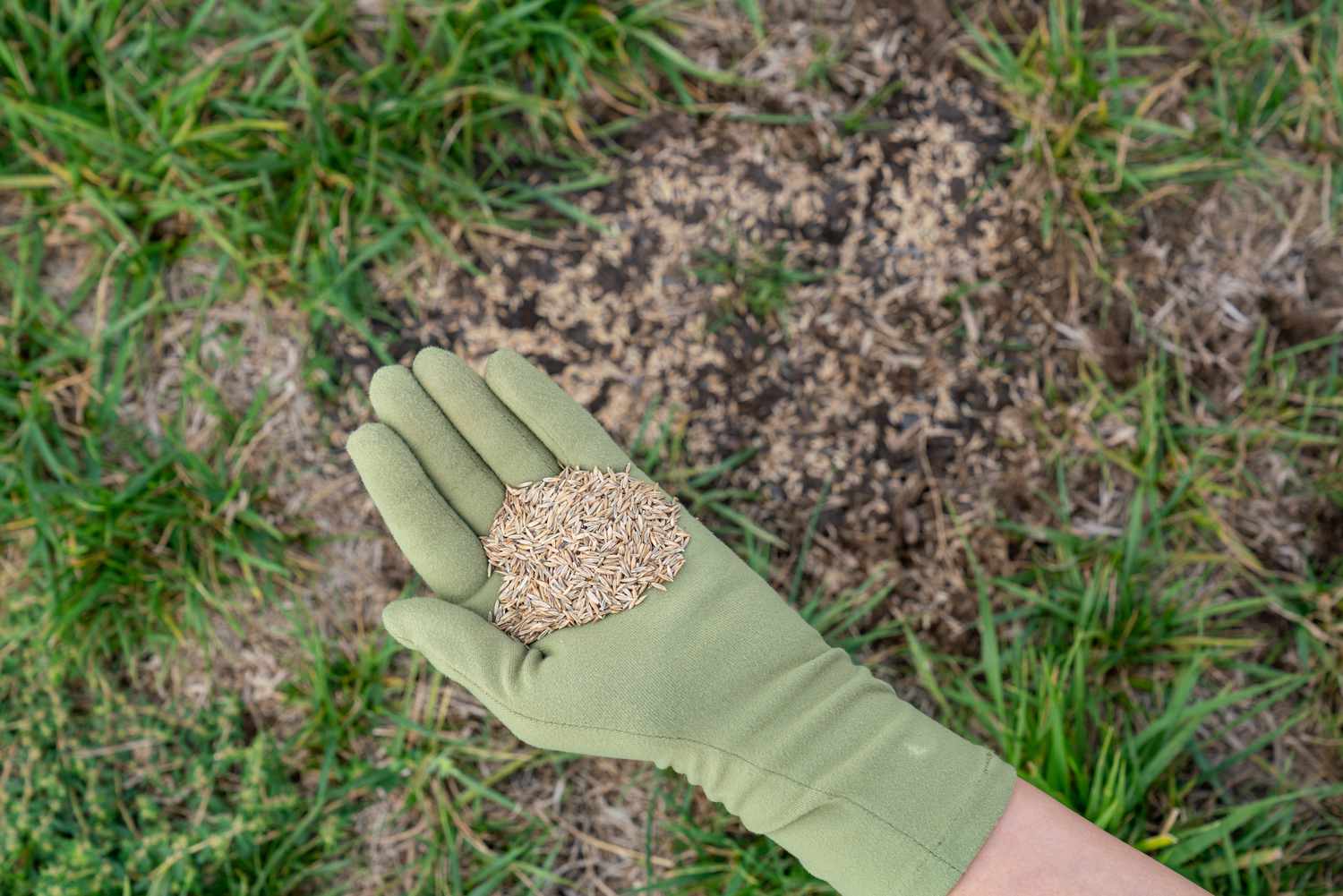
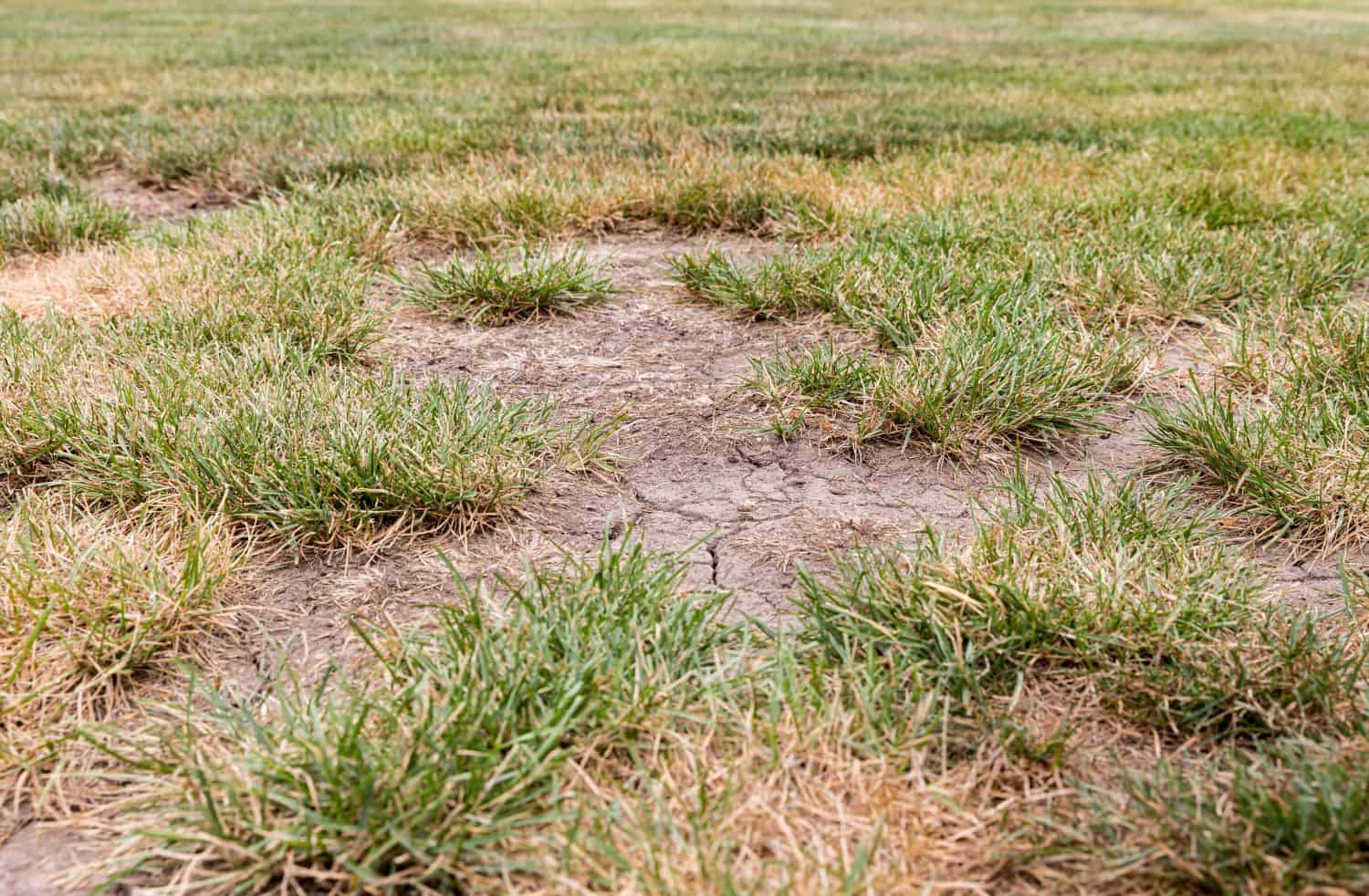
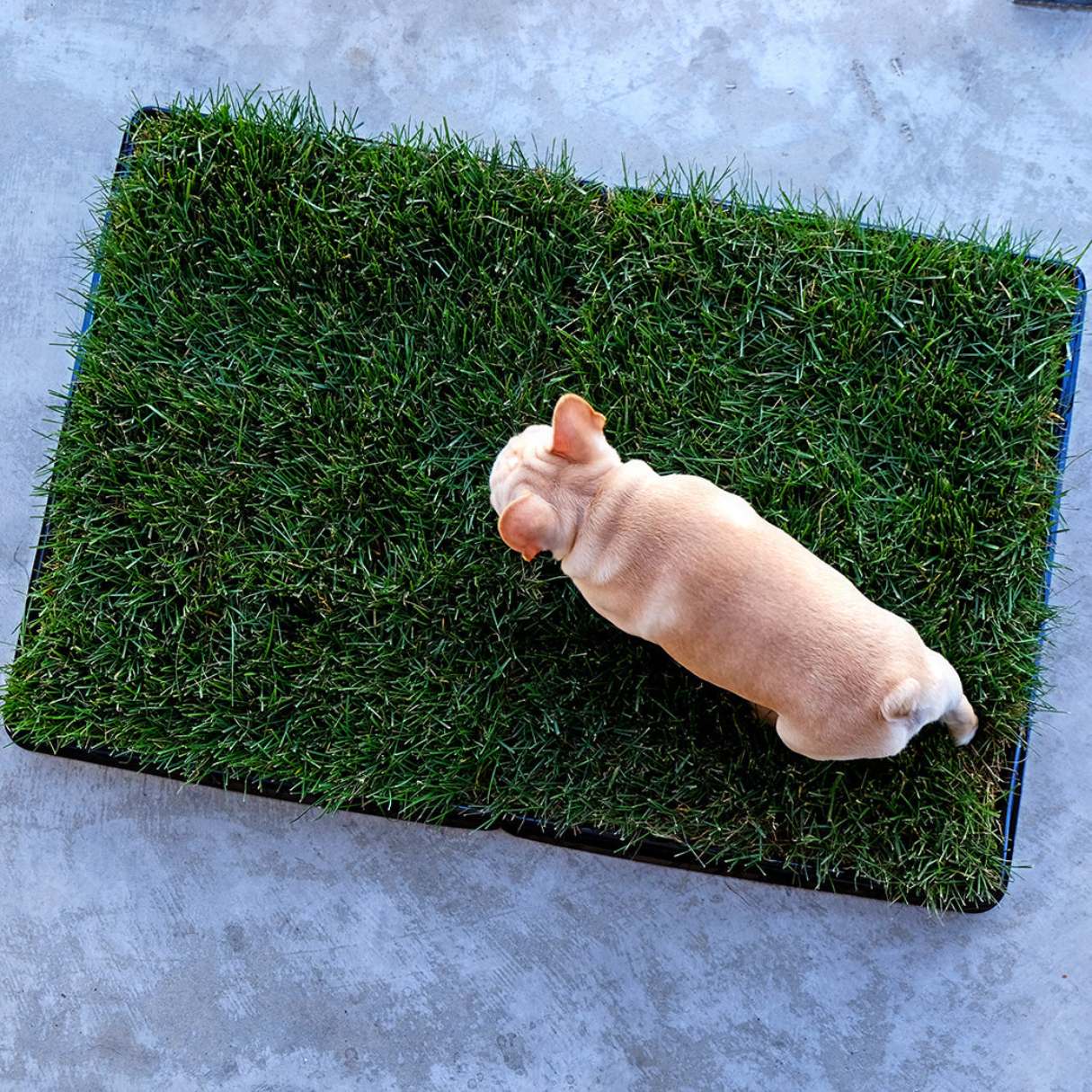
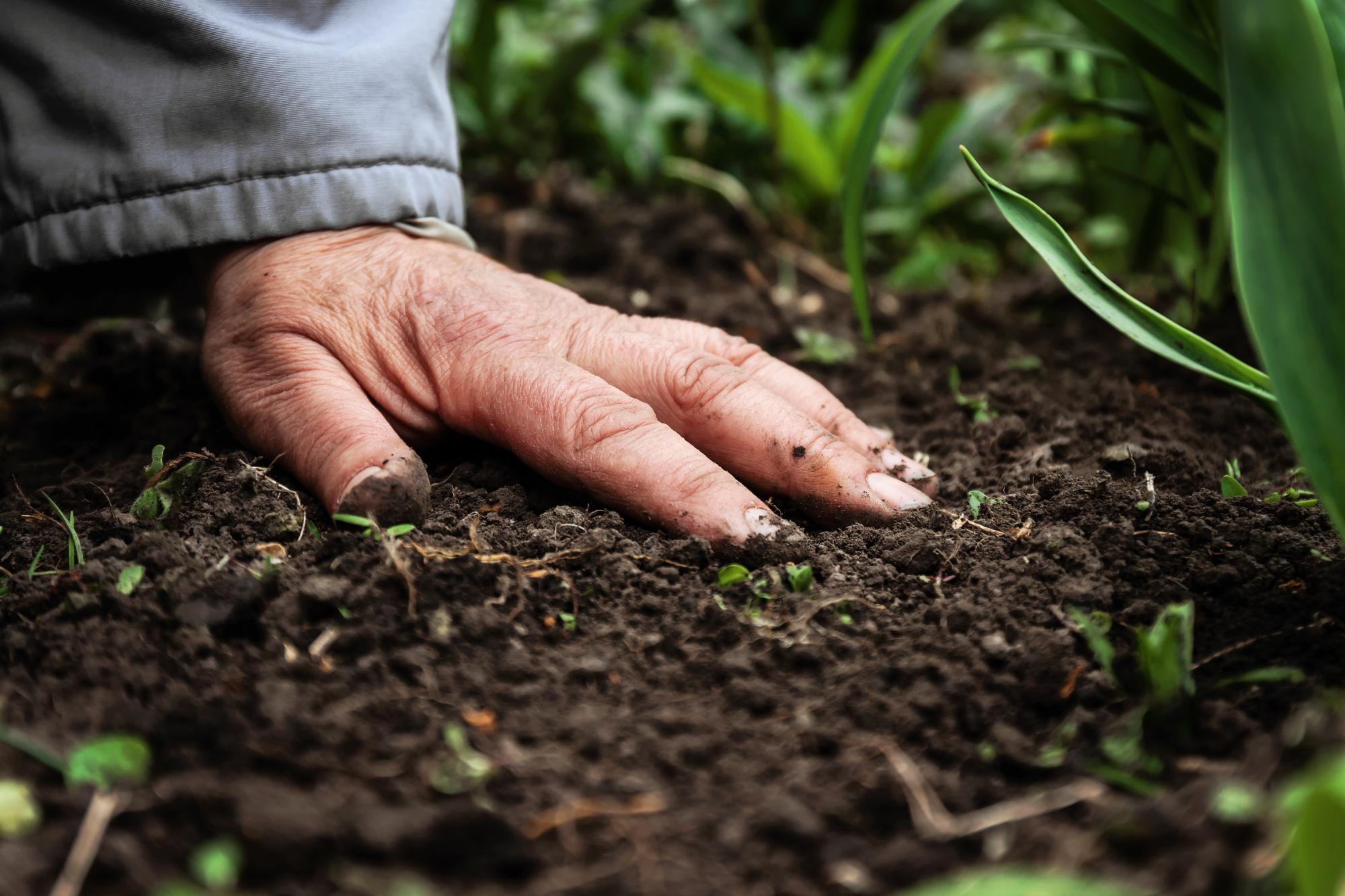
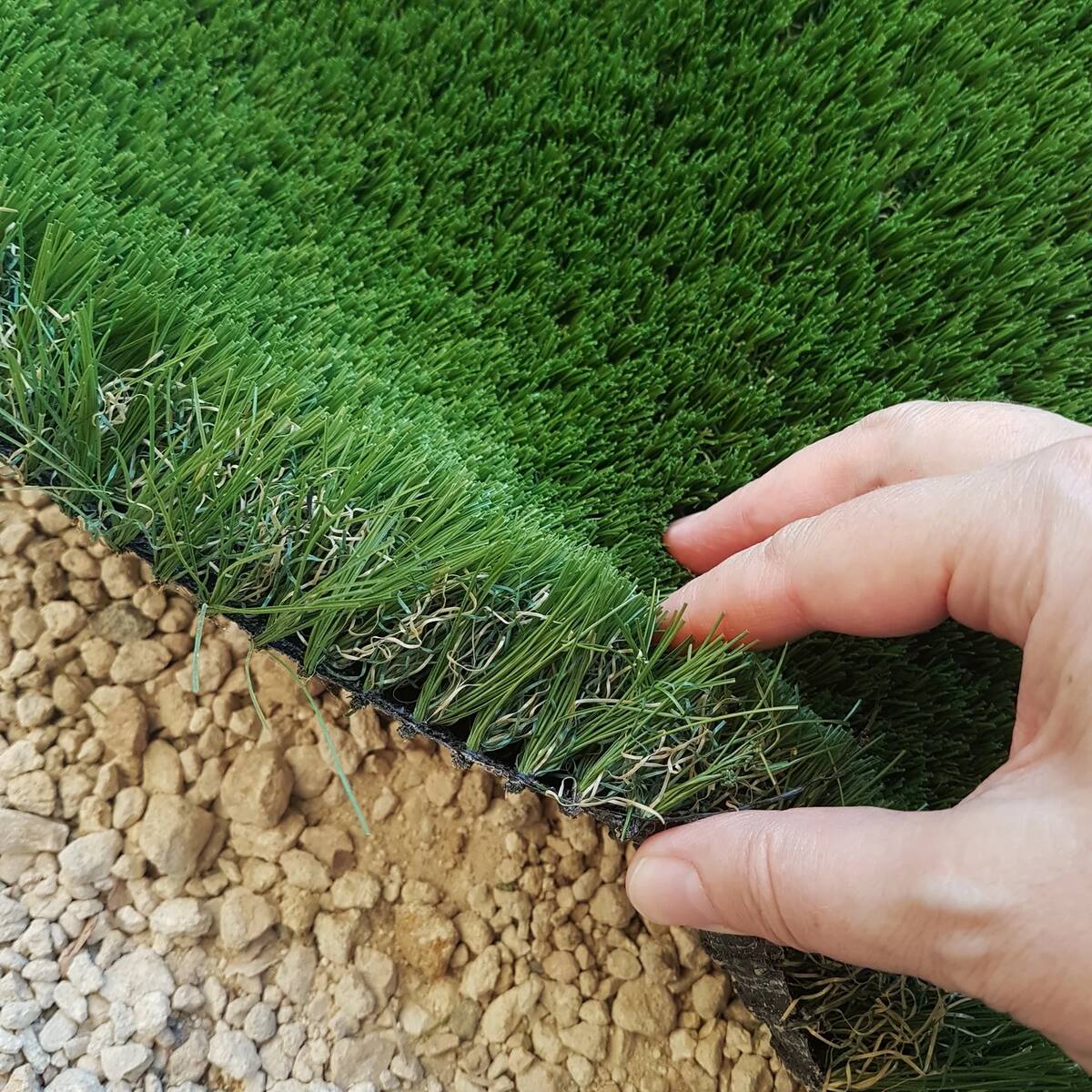
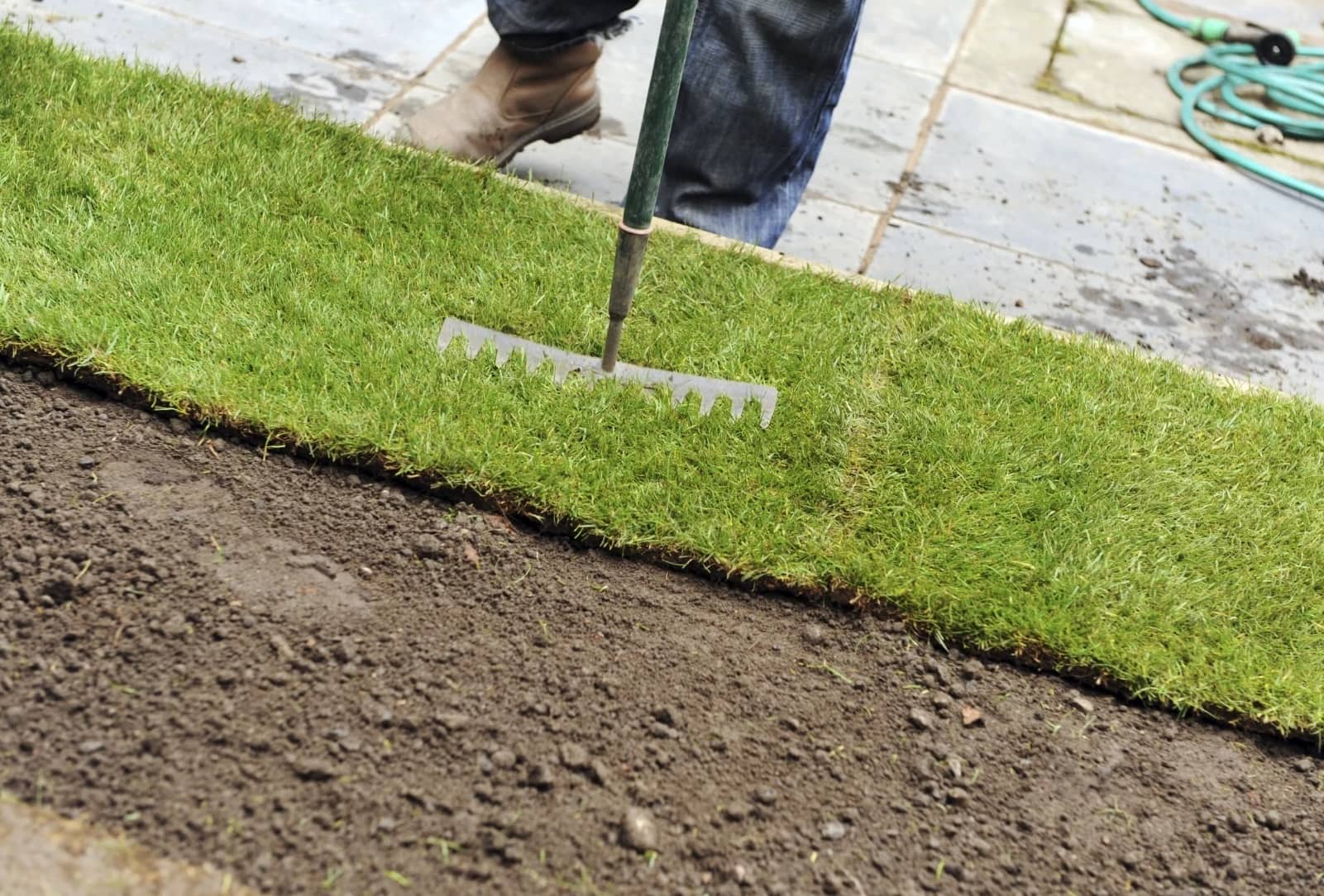
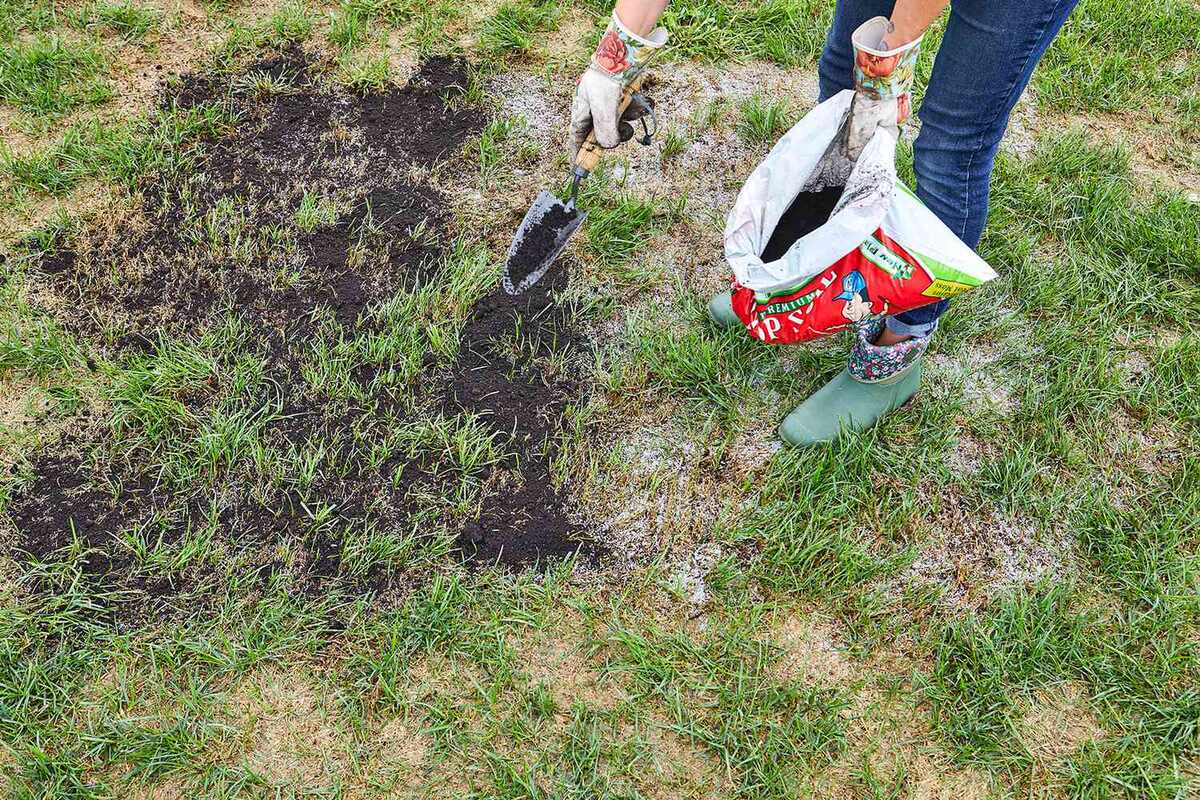
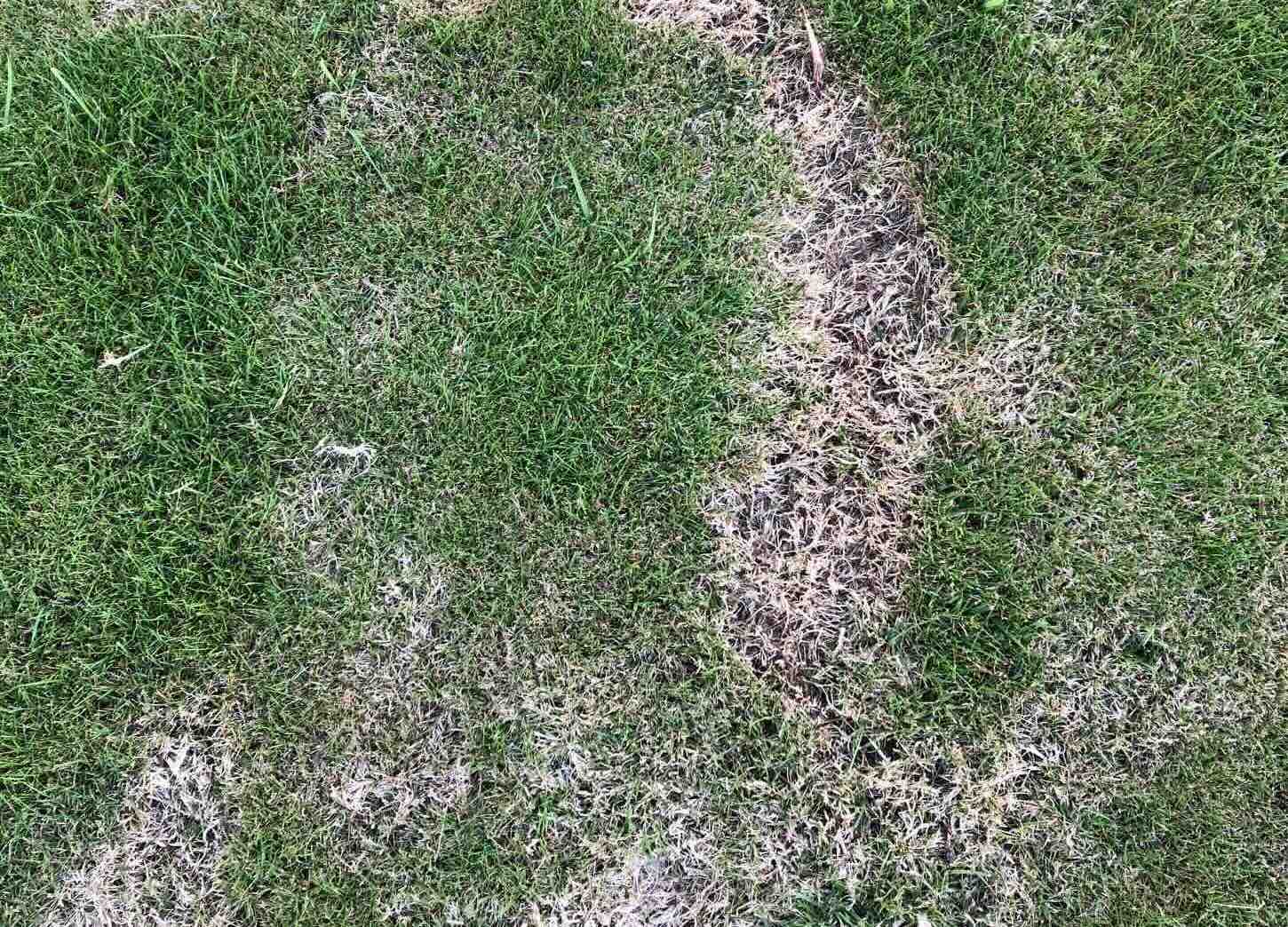
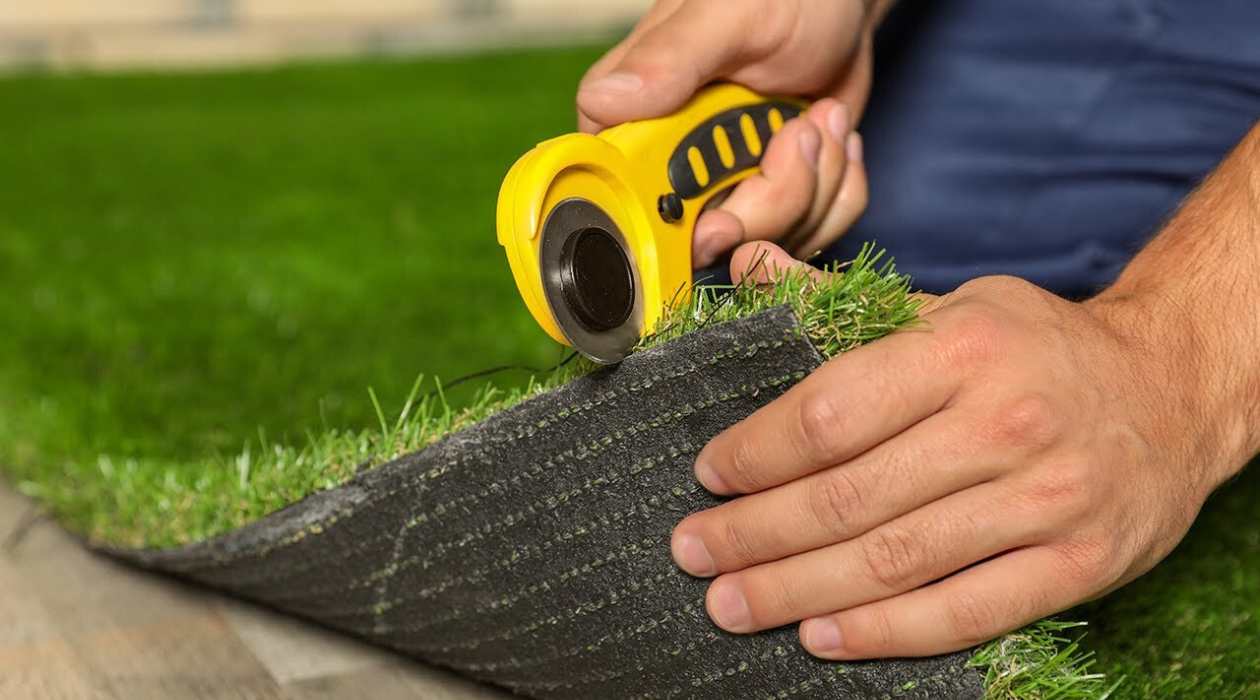
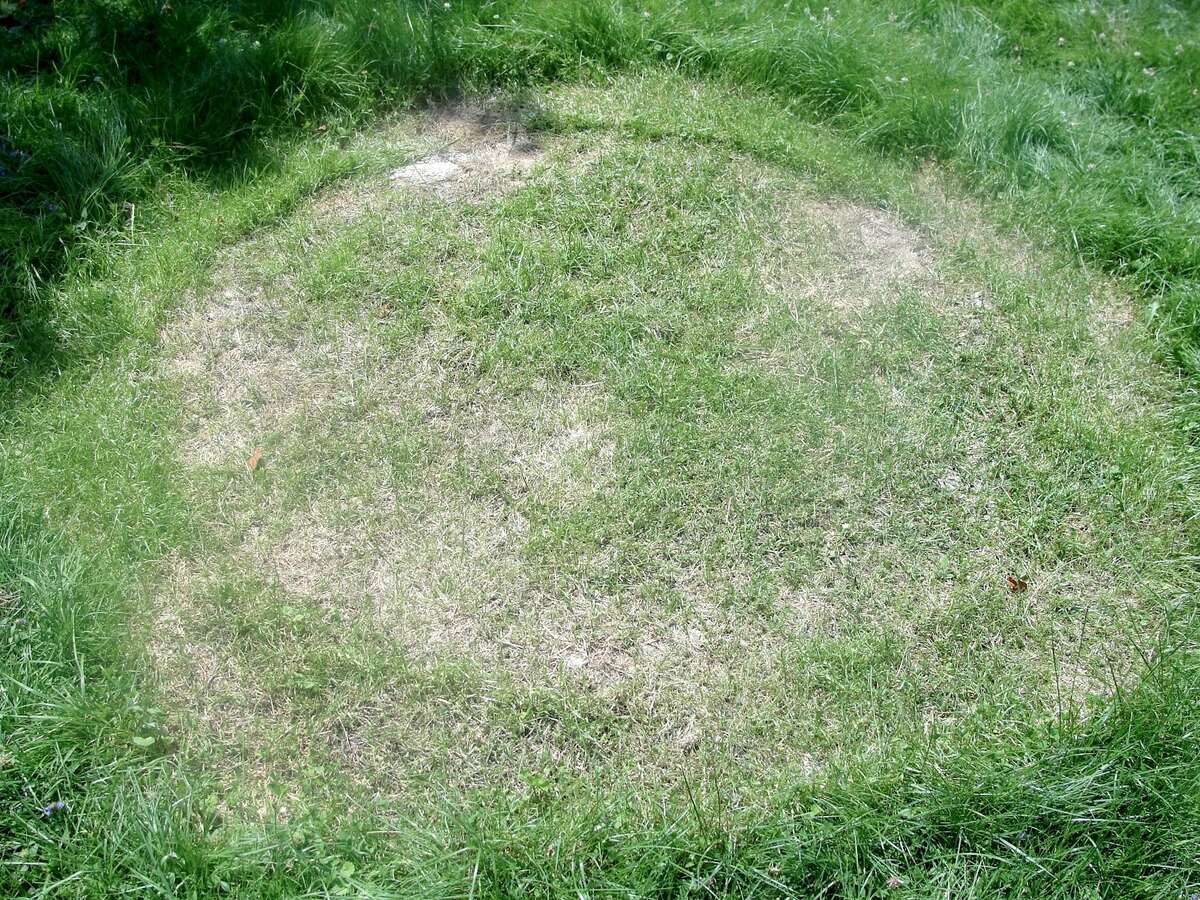

0 thoughts on “How To Fix Dirt Patches In The Grass”